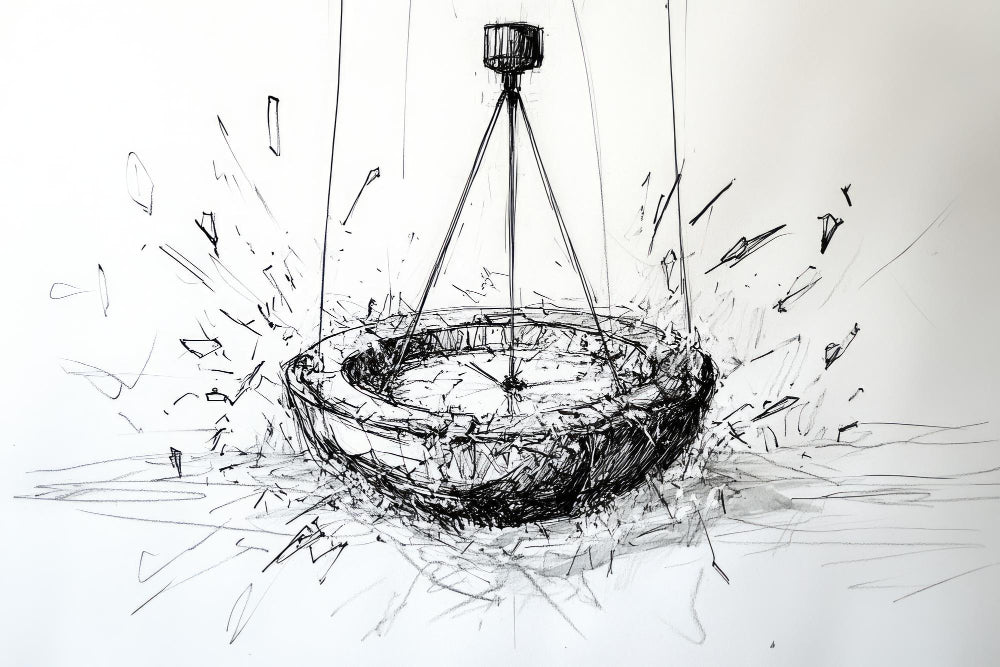
The Power of Line Weight in Drawing: Using Line Weight to Establish Depth and Focus
The Power of Line Weight in Drawing: Using Line Weight to Establish Depth and Focus
Drawing is an art form that thrives on the subtleties of line and texture. The entire arsenal of a drafter stands on the concept of line weight. Line weight refers to the thickness or thinness of a line, and its strategic use can greatly affect the perception of depth, focus, and even emotion in a drawing.
Know Your Line Weight
Bottom line weight is almost a simple argument regarding the relative visual weight of a line. Thicker lines would suggest strength, boldness, or importance, while thinner lines suggest delicacy, fragility, or secondary elements. By using line weight, the artist will be able to make control over the eye of the viewer and establish relationships of hierarchy among his compositions.
Line Weight and Depth
One of the best ways to create dimension on a piece of art is through variation in line weights. Things that are closer to the viewer appear more prominent, almost like a deeper impression. The objects behind them fade and become less defined in terms of lines and edges. Through that principle, artists are able to create illusion for a three-dimensional space on a two-dimensional space.
For example, to make a foreground element in a landscape drawing, heavy dark lines that force the viewers' eyes toward those features can be used. On the other hand, background elements can be drawn through the use of lighter lines and thinner so that it outlines the sense of space and distance. Thus, besides deepening the scene, it makes up for a dynamic and interesting composition.
Grabbing the Focus of a View
Line weight can also, beyond mere depth, guide the gaze of the viewer. Applying heavier lines to certain points in a drawing may indicate where attention should be given. This can work well where the area of subject is portraiture and, notably, the eyes are where attention would generally be first given due to their bold lines.
Conversely, where the lines are thinner in less important parts of the image, they can actually minimize distraction and draw attention to the central subject focus. Manipulating line weight intentionally in a work enables an artist to tell a story in her drawing so that the eye flows naturally through the image.
Emotional Impact
Line weight can also build moods. Heavy, ragged outline sketches provoke one to chaos or turmoil, while soft, fluid lines might evoke feelings of serenity or calmness. That feeling brought about through different line weights may enlarge the connection brought between the art piece and its audience, so that the work is not only visually relevant but also emotionally charged.
Conclusion
In conclusion, line weight should not be taken for granted since it forms one of the most important powers and fundamental aspects of drawing. It helps create depth, guide focus, and even evoke emotions. Mastery of such an important feature in drawing would add profundity to artists' work and make pieces richer both in meaning and visual presentation. Whether you're an old pro at drawing or a first-time dabbler, line weight is something you can experiment with to make your drawings nicer and convey more than just the image; you can convey depth, focus, and emotion.
The Power of Line Weight in Drawing: Using Line Weight to Establish Depth and Focus








